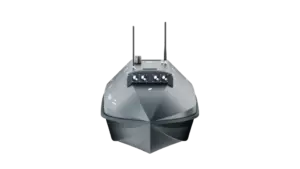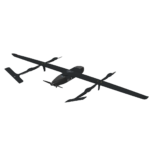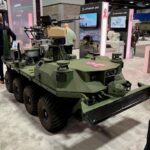
Saronic, a startup developing autonomous unmanned surface vessels, on Tuesday had its public coming out, disclosing a $55 million seed funding round and saying it is ready with products for the Navy. Saronic was founded in September 2022, is based in Austin, Texas, has developed six-foot and 13-foot autonomous USVs, and is developing a third as part of its family of systems that can operate alone or in swarms in GPS- and communications-denied environments with an eye to any conflict…

 By
By 











